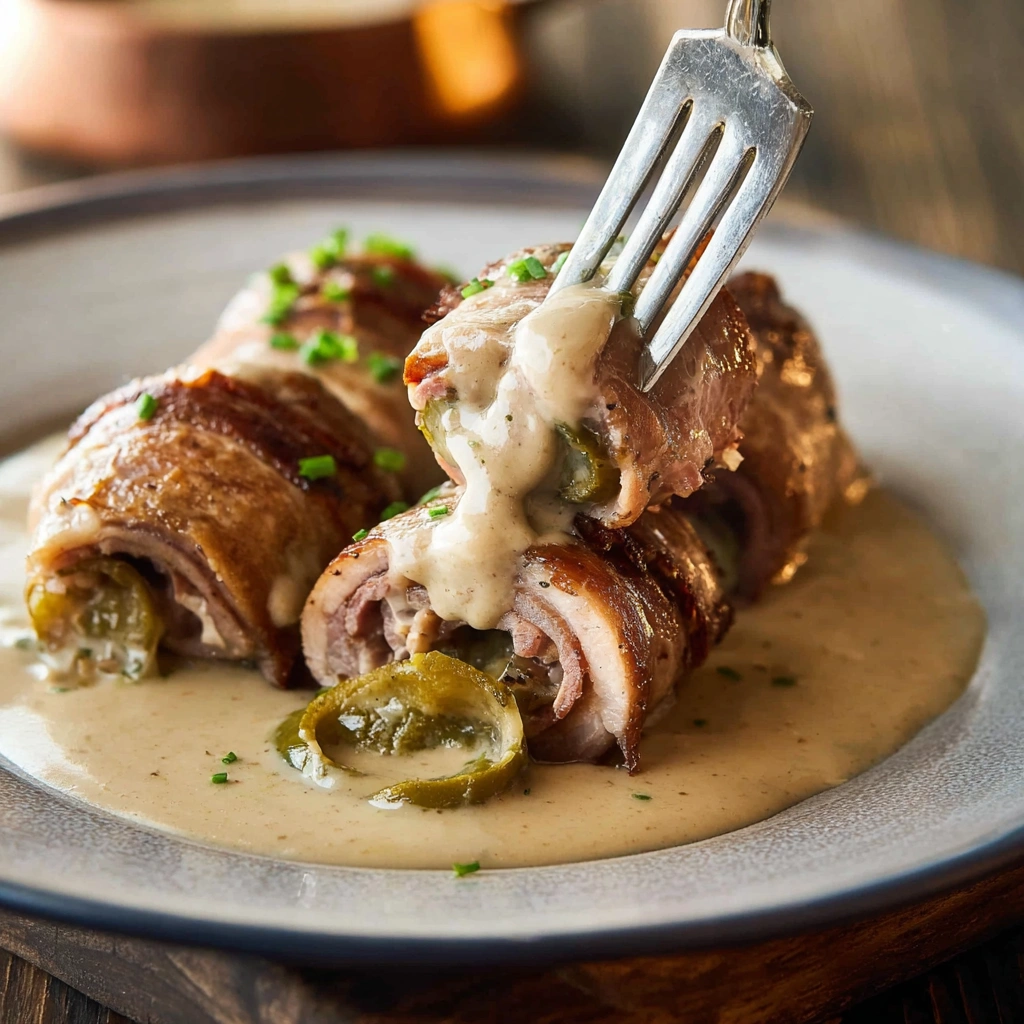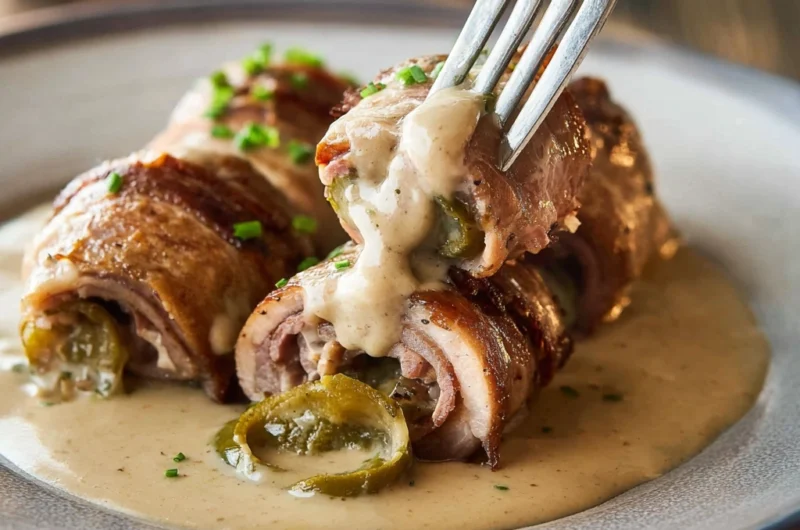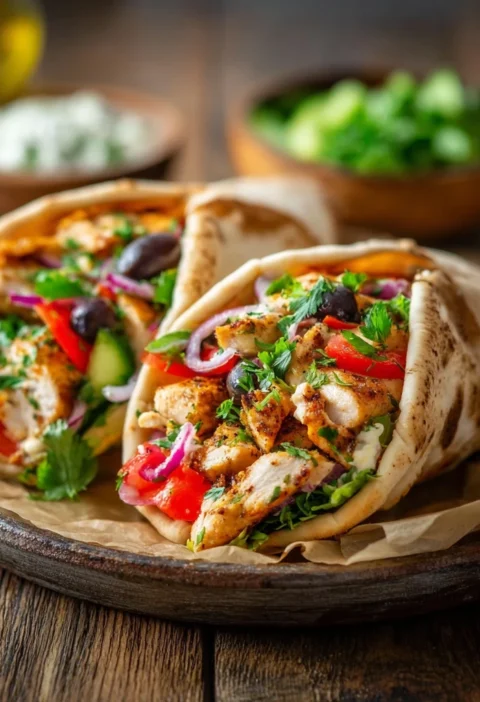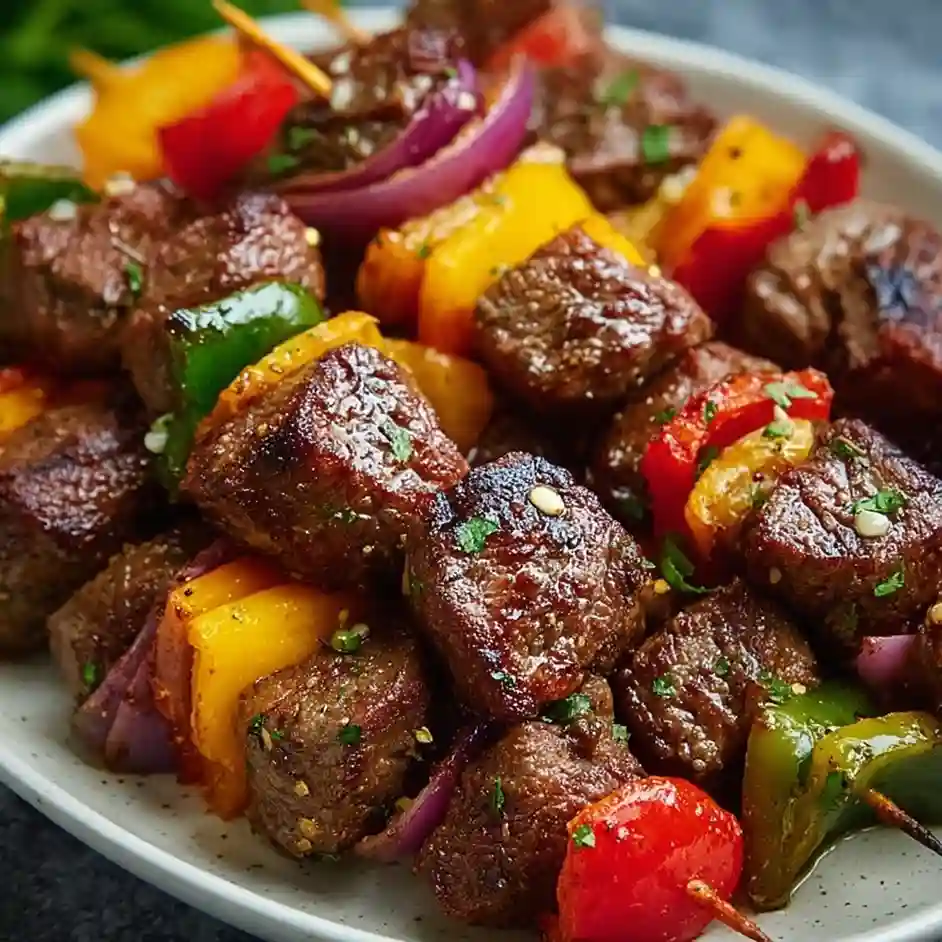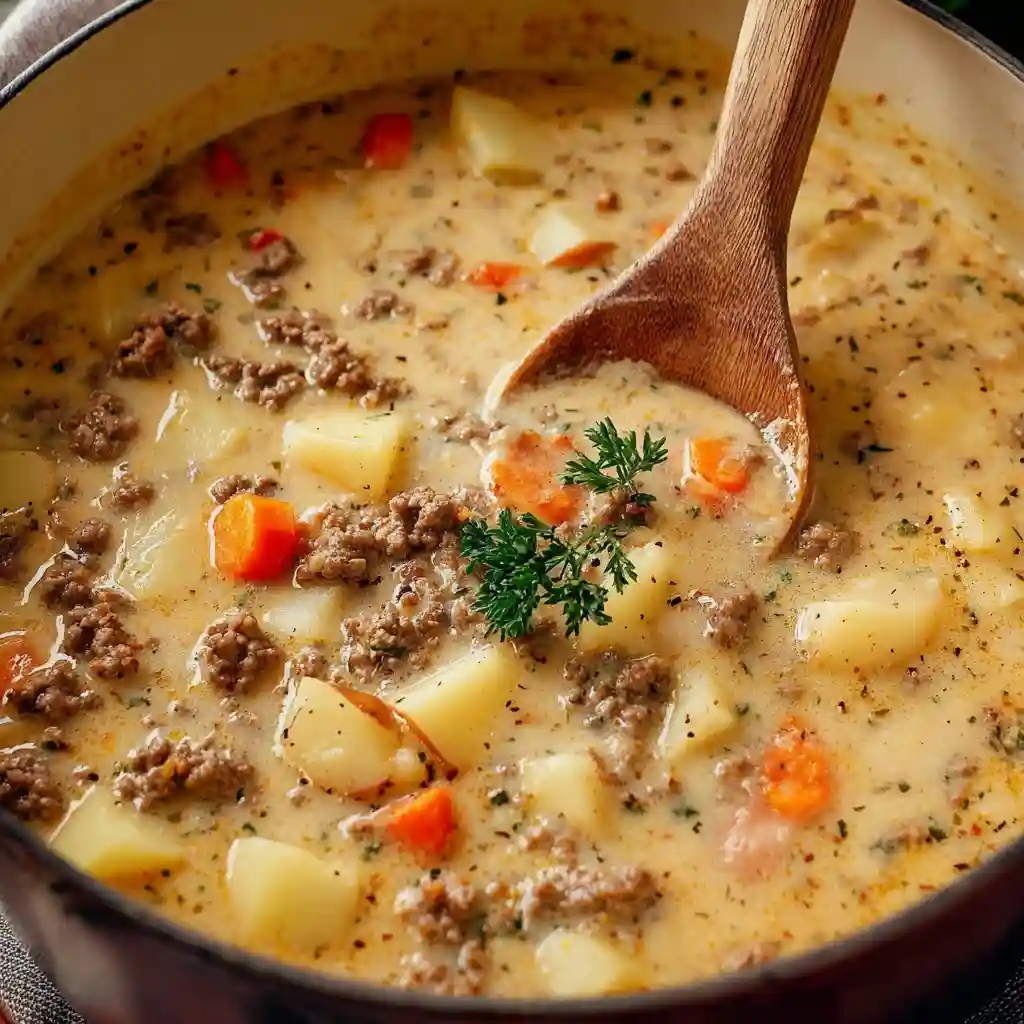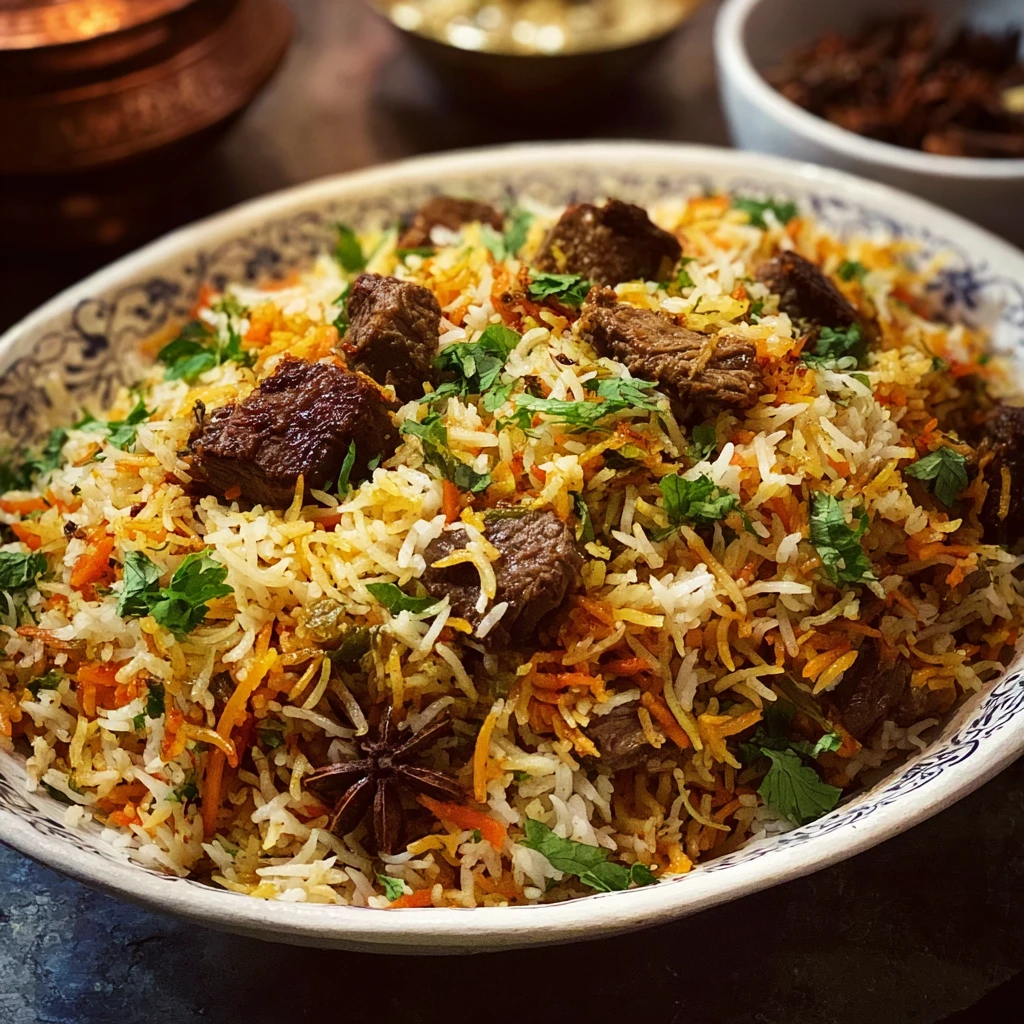
Master this classic rinderrouladen recipe from www.podiumrecipes.com – learn to make traditional German beef rolls with bacon, pickles, and onions for an authentic German recipe that creates the perfect homemade comfort meal every time.
Table of Contents
Introduction
Step into the heart of German culinary tradition with this authentic rinderrouladen recipe that transforms simple ingredients into an extraordinary dining experience. These classic beef rolls represent centuries of German cooking expertise, combining tender beef with savory bacon, tangy pickles, and sweet onions, all slow-cooked to perfection in a rich, flavorful gravy. This beloved German recipe has been passed down through generations, bringing families together around dinner tables across Germany and beyond.
What makes rinderrouladen so special is the careful balance of flavors and textures within each perfectly rolled bundle. The thin beef cutlets act as a wrapper for the traditional filling, creating individual portions that cook evenly and absorb all the wonderful flavors of the braising liquid. This easy yet impressive dish showcases the essence of German comfort food – hearty, satisfying, and deeply flavorful.
Whether you’re exploring your German heritage, looking to expand your cooking repertoire with international cuisine, or simply want to create a memorable meal for special occasions, this homemade rinderrouladen recipe delivers authentic flavors that will transport you straight to a cozy German gasthaus. The meat becomes incredibly tender through slow braising, while the filling ingredients meld together to create the perfect bite every time.
Ingredients
- Beef top round steaks – 6 pieces, pounded thin to 1/4 inch thickness
- Bacon – 6 strips, cut in half lengthwise
- Yellow mustard – 3 tablespoons, German-style preferred
- Yellow onion – 1 large, thinly sliced
- Dill pickles – 6 medium spears, cut lengthwise
- Beef broth – 2 cups, low sodium
- Red wine – 1/2 cup, dry variety
- Tomato paste – 2 tablespoons
- All-purpose flour – 3 tablespoons for dredging
- Vegetable oil – 2 tablespoons for browning
- Butter – 2 tablespoons
- Bay leaves – 2 pieces
- Fresh thyme – 1 teaspoon, or 1/2 teaspoon dried
- Salt – 1 teaspoon
- Black pepper – 1/2 teaspoon, freshly ground
- Kitchen twine – for securing rolls
- Cornstarch – 2 tablespoons for thickening gravy
- Cold water – 2 tablespoons
Nutrition Facts
Per Serving (1 roulade):
- Calories: 425
- Protein: 35g
- Carbs: 8g
- Total Fat: 26g
- Saturated Fat: 10g
- Fiber: 1g
- Sugar: 3g
- Sodium: 890mg
Nutritional values are approximate and may vary based on specific ingredients and cooking methods used.
Preparation Instructions
Step 1: Prepare the Beef
Begin by placing each beef steak between plastic wrap or parchment paper and pound them to an even 1/4 inch thickness using a meat mallet. This tenderizing process is crucial for proper rolling and ensures even cooking throughout. Season both sides of each cutlet with salt and pepper, then spread a thin layer of mustard over one side of each piece.
Step 2: Assemble the Filling
Lay one strip of bacon across the width of each mustard-coated beef cutlet, about 1 inch from the bottom edge. Place a few slices of onion and one pickle spear on top of the bacon. The key to successful rinderrouladen is not overfilling – too much filling will cause the rolls to burst during cooking.
Step 3: Roll and Secure
Starting from the bottom edge with the filling, tightly roll each beef cutlet into a compact cylinder. Secure each roll with kitchen twine, tying at both ends and once in the middle. This step is essential for maintaining the shape during the browning and braising process. Lightly dust each roll with flour for better browning.
Step 4: Brown the Rouladen
Heat vegetable oil in a large, heavy-bottomed Dutch oven or braising pot over medium-high heat. Carefully brown each roulade on all sides, turning gently to avoid breaking the twine. This browning step develops deep flavors that are characteristic of authentic German recipes. Remove the browned beef rolls and set aside.
Step 5: Build the Braising Base
In the same pot, add butter and remaining sliced onions. Cook until softened and lightly caramelized, about 5 minutes. Add tomato paste and cook for another minute, stirring constantly. Pour in the red wine to deglaze the pot, scraping up any browned bits from the bottom.
Step 6: Braising Process
Return the beef rolls to the pot and add beef broth, bay leaves, and thyme. The liquid should come about halfway up the sides of the rouladen. Bring to a gentle simmer, then cover and transfer to a preheated 325°F oven. Braise for 1.5 to 2 hours, or until the meat is fork-tender.
Step 7: Finish the Gravy
Carefully remove the rouladen from the braising liquid and keep warm. Strain the liquid and return it to the pot. Mix cornstarch with cold water to create a slurry, then whisk it into the simmering liquid to thicken the gravy. Season with salt and pepper to taste.
Serving Suggestions
Traditional rinderrouladen pairs beautifully with classic German side dishes that complement the rich, savory flavors of the beef rolls. Serve alongside creamy mashed potatoes or buttery spaetzle to soak up the delicious gravy. Red cabbage, either fresh or pickled, provides a tangy contrast that cuts through the richness of the meat and enhances the overall meal experience.
For a complete German dining experience, consider adding warm pretzel rolls or crusty German bread to the dish presentation. The bread serves both as a vehicle for the flavorful gravy and as a traditional accompaniment that rounds out the meal. A simple cucumber salad dressed with vinegar and herbs offers refreshing contrast to the hearty main course.
Wine enthusiasts will find that rinderrouladen pairs excellently with German red wines like Spätburgunder or Dornfelder, though a full-bodied Cabernet Sauvignon or Merlot also complements the rich flavors beautifully. For beer lovers, a German lager or märzen provides the perfect accompaniment to this traditional recipe.
Pro Tips
Master the art of rinderrouladen with these essential tips that ensure perfect results every time. The most critical aspect is properly pounding the meat to an even thickness – inconsistent thickness leads to uneven cooking and difficult rolling. Take your time with this step, as it sets the foundation for success with this German recipe.
When securing the rolls with twine, tie firmly but not so tight that the string cuts into the meat during cooking. The rolls will expand slightly as they cook, and overly tight string can cause the filling to burst out. Practice the rolling technique a few times to develop the proper tension and tucking method.
Temperature control during braising is crucial for tender results. The liquid should barely simmer – vigorous boiling will toughen the meat and cause the rolls to fall apart. If your oven runs hot, reduce the temperature to 300°F and extend the cooking time slightly. The meat is done when it easily pulls apart with a fork.
For the richest flavor, prepare this recipe a day ahead and reheat gently. Like many braised dishes, rinderrouladen actually improves overnight as the flavors continue to develop and meld together. This make-ahead quality makes it perfect for entertaining and special occasions.
Variations
Explore different approaches to this classic rinderrouladen recipe with traditional and modern variation options that maintain the dish’s authentic character. Regional German variations include different mustard types – try Düsseldorf mustard for a spicier kick or whole grain mustard for added texture and visual appeal.
For a lighter alternative, substitute turkey bacon for regular bacon, or use prosciutto for an Italian-inspired twist that maintains the smoky, salty element essential to the dish’s flavor profile. Some German families prefer using ground pork mixed with breadcrumbs as part of the filling, creating a more substantial interior.
Wine variations can dramatically change the flavor profile of the finished dish. Substitute white wine for red to create a lighter braising liquid, or use beer instead of wine for a more rustic, traditional approach. Dark German beers like märzen or bock add wonderful depth and complexity to the gravy.
Vegetable variations might include adding carrots and celery to the braising liquid for extra flavor and nutrition. Some cooks prefer adding mushrooms to the filling or braising liquid, which contributes earthy flavors that complement the beef beautifully. Each variation maintains the essential character while allowing for personal preferences and regional influences.
Frequently Asked Questions
Q: Can I make rinderrouladen without pounding the meat thin? A: Properly pounded meat is essential for this recipe. Thick cuts won’t roll properly and will cook unevenly. If you’re unable to pound the meat yourself, ask your butcher to prepare thin cutlets for you, specifying they should be 1/4 inch thick.
Q: What can I substitute for dill pickles in the filling? A: While dill pickles are traditional, you can use cornichons (small French pickles) or even pickled onions as alternatives. The acidic, tangy element is important for balancing the rich meat and bacon flavors.
Q: How do I prevent the rouladen from falling apart during cooking? A: Proper rolling technique and secure tying are crucial. Don’t overfill the rolls, roll tightly but not too tight, and ensure your twine is kitchen-safe and tied securely. Handle gently when browning and turning.
Q: Can I freeze prepared rinderrouladen? A: Yes, you can freeze the assembled, uncooked rolls for up to 3 months. Thaw completely in the refrigerator before cooking. Cooked rouladen can also be frozen, though the texture may be slightly different when reheated.
Q: What’s the best cut of beef for this recipe? A: Top round is traditional and works well, but bottom round or eye of round can also be used. These cuts are lean and become tender through the slow braising process. Avoid more expensive cuts like ribeye, as they’re unnecessary for this cooking method.
Conclusion
This authentic rinderrouladen recipe represents the heart and soul of German comfort food, bringing together simple ingredients in a way that creates something truly extraordinary. The careful process of rolling, browning, and braising transforms basic beef cutlets into tender, flavorful meat rolls that have satisfied German families for generations. This homemade approach to traditional German recipes allows you to experience authentic flavors while developing your cooking skills with time-honored techniques.
The beauty of rinderrouladen lies not just in its incredible taste, but in its ability to bring people together around the dinner table. This dish represents the German philosophy of gemütlichkeit – that warm, cozy feeling of belonging and contentment that comes from sharing good food with loved ones. Whether you’re preparing this recipe for a special occasion or simply want to explore the rich traditions of German cuisine, these beef rolls deliver an unforgettable dining experience.
We encourage you to embrace this traditional cooking method and make it part of your regular meal rotation. How did your first attempt at making rinderrouladen turn out? What variations or personal touches did you add to make the recipe your own? Share your experiences and photos in the comments below, and don’t forget to rate this recipe to help other home cooks discover the joy of authentic German cooking.
For more traditional European recipes, international comfort food classics, and step-by-step cooking guides that will expand your culinary horizons, visit www.podiumrecipes.com regularly. Our collection of authentic international dishes and detailed cooking instructions will help you master cuisines from around the world. Your next culinary adventure into traditional cooking awaits!
Authentic German Rinderrouladen Recipe
Course: Uncategorized4
servings20
minutes1
hour300
kcalIngredients
4 thin slices of beef (top round or flank)
4 tsp mustard (German-style preferred)
4 slices of bacon
1 small onion, sliced
2 pickles, sliced
Salt & pepper
2 tbsp oil (for browning)
1 1/2 cups beef broth
1 tbsp tomato paste (optional, for richer sauce)
Directions
- Prepare the Rolls
- Lay out beef slices. Season with salt and pepper. Spread 1 tsp mustard on each.
- Add the Fillings
- Top each with a slice of bacon, onion slices, and a few pickle slices.
- Roll & Tie
- Roll up tightly and secure with toothpicks or kitchen twine.
- Brown the Rolls
- Heat oil in a pan. Brown the beef rolls on all sides (about 5–7 minutes).
- Simmer
- Add beef broth and tomato paste. Cover and simmer on low for 60–75 minutes until tender.
- Serve
- Remove toothpicks/twine. Serve with the sauce over mashed potatoes, red cabbage, or spaetzle.
Notes
- For extra flavor, blend the leftover broth and veggies into a rich gravy. Perfect for a comforting weekend meal!

